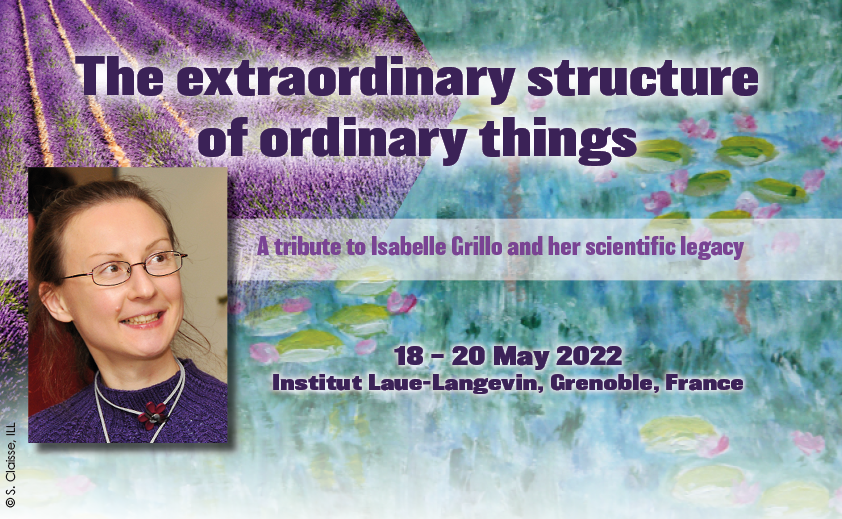Speaker
Description
Using polymer particles templates to prepare porous materials is not only a cost-efficient strategy but offers the possibility of pore size and morphology control by the particle size and polydispersity. In this study, we investigated the influence of the sodium dodecyl sulfate (SDS) concentration utilized in the emulsion polymerization of styrene on both the properties of the obtained polystyrene (PS) nanoparticles and the morphology of the closed-packed arrangements formed by these particles. Combining dynamic light scattering (DLS), small angle neutron scattering (SANS) and scanning electron microscopy (SEM) we found a strong decrease of the particle radius with increasing SDS concentration which levels off at the same concentration where the polydispersity increases suddenly. Studying the interfacial tension between aqueous SDS solutions and styrene allowed us to link this increase to the critical micelle concentration (CMC). The closed packed PS nanoparticles obtained via drying were investigated by small angle X-ray (SAXS) and SEM. Both techniques show that the increase in particle polydispersity induces a loss in packing order, while the SAXS analysis confirmed that polydisperse particles allow a more densely packing. Subsequently, these templates were used for the preparation of novel mesoporous polystyrene and ZnO inverse opals, which are promising tailor-made supports for catalytic applications. The former was obtained using an optimized nanofoams by continuity inversion of dispersion (NF-CID) procedure yielding in a highly porous material with mesopores of open-cellular morphology [1]. Mesoporous ZnO inverse opals were obtained via the chemical bath deposition (CBD) method, followed by an extraction step to obtain the inverse replica of the closed-packed PS nanoparticle arrangement [2].
References
1. K. Abitaev, Y. Qawasmi, P. Atanasova, C. Dargel, J. Bill, T.Hellweg, T. Sottmann, Colloid Polym Sci, 2021, 299, 248-258.
2. S.R. Kousik, D. Sipp, K. Abitaev, Y. Li, T. Sottmann, K. Koynov, P.Atanasova, Nanomaterials, 2021, 11 (1), 196.

